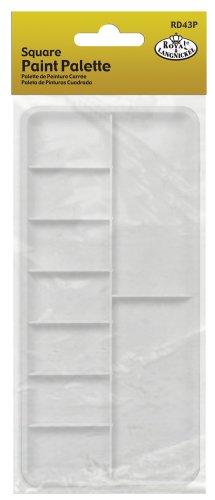Understanding the Importance of Color in Web Design
Color plays a crucial role in web design as it can evoke specific emotions, influence user behavior, and create a visually appealing website. By using a color palette effectively, you can enhance the overall user experience and convey your brand message effectively. Here’s how to use a color palette in web design.
Choose a Dominant Color
The first step in creating a color palette for your website is selecting a dominant color. This primary color will be the foundation of your design and should align with your brand identity. Consider the nature of your business and the emotions you want to evoke in your audience. For example, blue is often associated with trust and stability, while green represents nature and freshness.
Select Accent Colors
Once you have chosen a dominant color, you can select a few accent colors to complement and enhance your design. These colors should harmonize with the dominant color and create visual interest. You can use color theory principles such as complementary colors (colors opposite each other on the color wheel) or analogous colors (colors adjacent to each other on the color wheel) to create a harmonious color palette.
Consider Color Contrast and Accessibility
When creating a color palette for your website, it’s essential to consider color contrast and accessibility. High contrast between background and text colors ensures readability and is crucial for users with visual impairments. Ensure that your color choices meet WCAG (Web Content Accessibility Guidelines) standards. By adhering to these guidelines, you can make your website more accessible to a wider audience.
Test and Refine Your Color Palette
After finalizing your color palette, it’s important to test it across different devices and screen resolutions. Colors can appear differently on various screens, so ensure that your chosen colors look consistent and appealing across different platforms. You can use tools like Adobe Color or Coolors to generate and refine your color palette, ensuring that it works well in different contexts.






